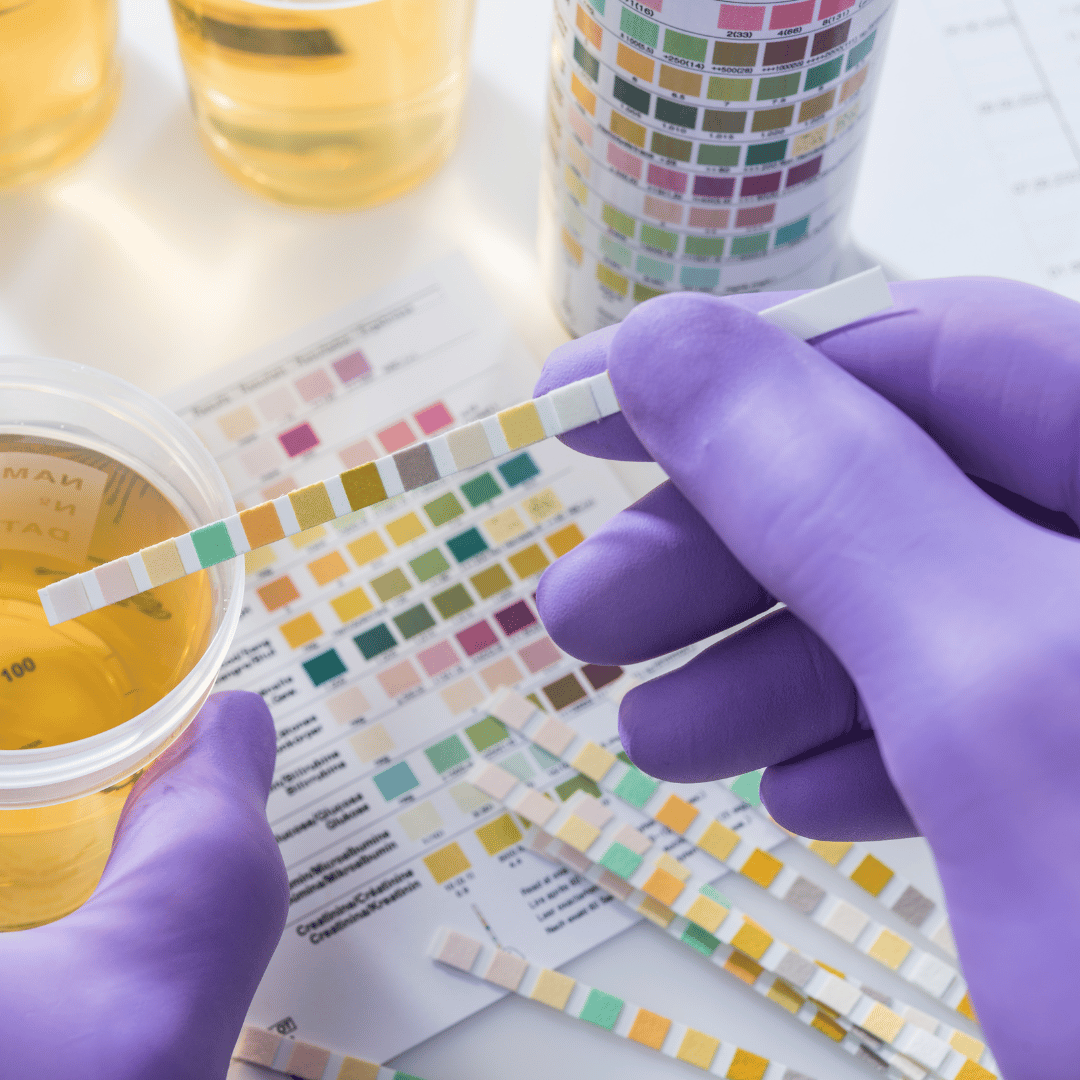What Gloves Protect from Hazardous Chemicals?

Chemical protection gloves
Chemical protection gloves are crucial in ensuring the safety of individuals working with hazardous substances. They act as a barrier to shield the skin from potentially harmful chemicals, preventing contact and potential injury.
However, not all gloves are created equal regarding chemical protection. Understanding the different levels of chemical protection gloves is essential to ensure the right gloves are chosen for specific tasks.
Discover the best laboratory gloves and common practices for chemical-resistant gloves here.
Chemical-resistant glove selection
The appropriate chemical-resistant glove is vital to ensure adequate protection against potential hazards. There are several factors to consider when choosing the right gloves:
1. Chemical Compatibility: Different gloves are designed to provide protection against specific types of chemicals. It is crucial to consider the compatibility of the glove material with the chemicals being handled. Consult the glove manufacturer’s compatibility chart to ensure an appropriate match.
2. Material Selection: Chemical-resistant gloves are available in various materials, each with advantages and limitations. Natural rubber latex, nitrile, neoprene, and butyl rubber are common materials. Understanding each material’s properties helps select the most suitable glove for the task.
3. Glove Thickness: The glove’s thickness is essential as it determines the level of protection provided. Thicker gloves typically offer greater resistance to chemicals but may hinder dexterity and tactile sensitivity. Strike a balance between protection and usability.
4. Permeation Resistance: Permeation refers to how chemicals pass through glove materials. Different glove materials exhibit varying levels of permeation resistance. Consider the specific chemicals being handled and the duration of exposure to select gloves with adequate resistance.
5. Breakthrough Time: Breakthrough time refers to the duration it takes for a chemical to permeate the glove material. It is crucial to select gloves with breakthrough times exceeding the expected contact duration with the chemicals to ensure proper protection.
Best practices for using chemical protection gloves
While selecting the right chemical protection gloves is important, proper usage is equally crucial. Here are some best practices to ensure optimal protection:
1. Proper Glove Inspection: Inspect gloves for damage, such as punctures or tears, before each use. Discard any gloves that show signs of wear or damage, as they may compromise protection.
2. Proper Glove Donning and Doffing: Follow the manufacturer’s instructions to ensure the correct donning and doffing of gloves. This helps minimize the potential spread of contaminants or chemicals.
3. Avoid Cross-Contamination: Never reuse gloves intended for single use. Change gloves between different chemicals to prevent cross-contamination and potential adverse reactions.
4. Hand Hygiene: Always wash hands thoroughly before and after glove use. Hand hygiene helps in reducing the risk of chemical exposure and contamination.
5. Proper Glove Removal: When removing gloves, grasp the exterior of one glove near the cuff and peel it off, turning it inside out. Hold the removed glove in the gloved hand and slide the fingers of the ungloved hand under the cuff of the remaining glove. Peel it off and discard both gloves in an appropriate waste container.
6. Storage and Maintenance: Proper storage and maintenance of gloves are essential to maximize their lifespan and effectiveness. Store gloves away from direct sunlight, extreme temperatures, and chemicals that may degrade the material.
Conclusion
In conclusion, understanding the different levels of chemical protection gloves is crucial for ensuring the safety of individuals handling hazardous substances.
One can make informed decisions regarding glove selection by considering factors such as chemical compatibility, material selection, glove thickness, permeation resistance, and breakthrough time.
Adhering to best practices in glove usage, including proper inspection, donning and doffing, hand hygiene, and storage, further enhances the effectiveness of chemical protection gloves.
Prioritizing safety and taking the necessary precautions will help mitigate the risks associated with chemical exposure.
